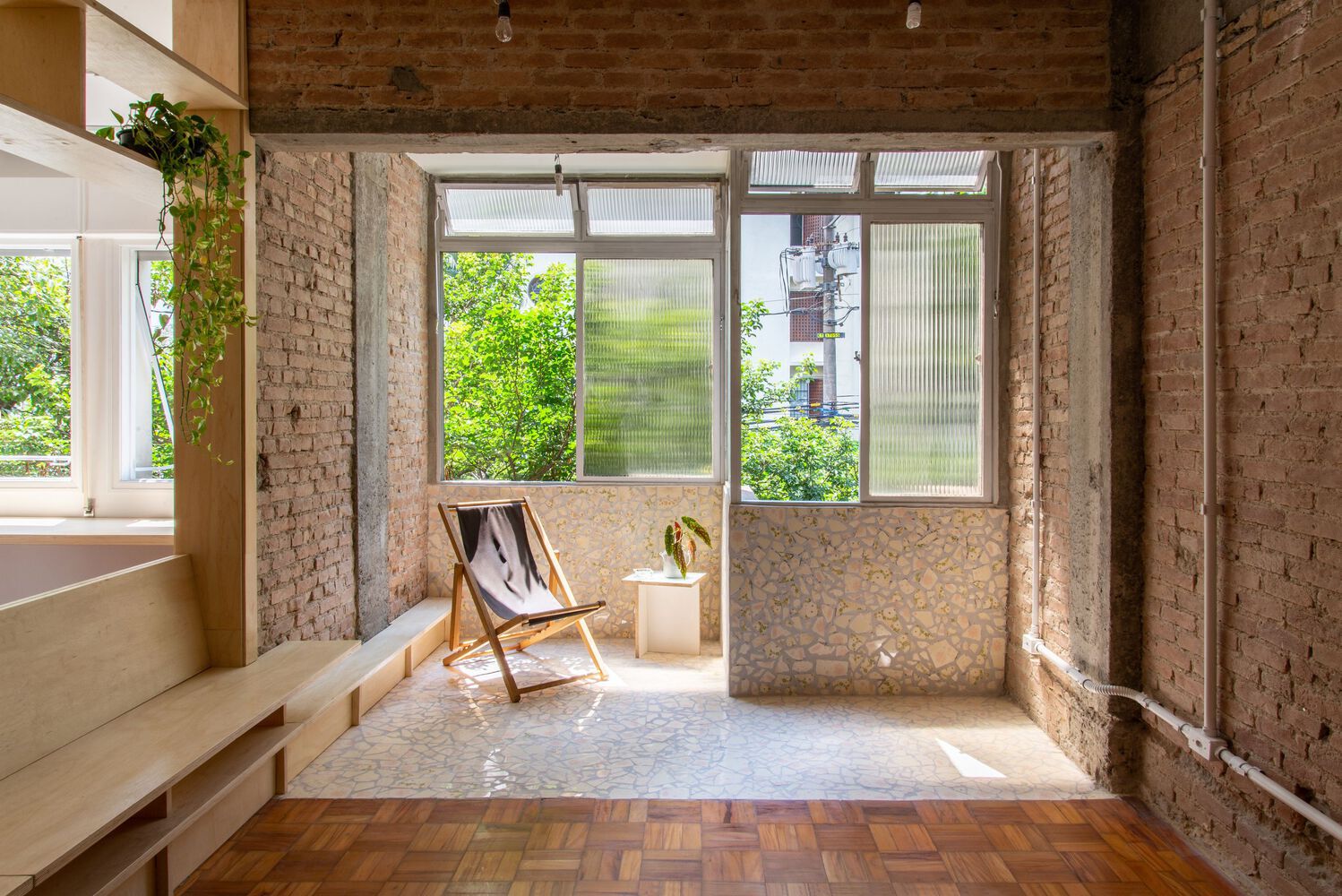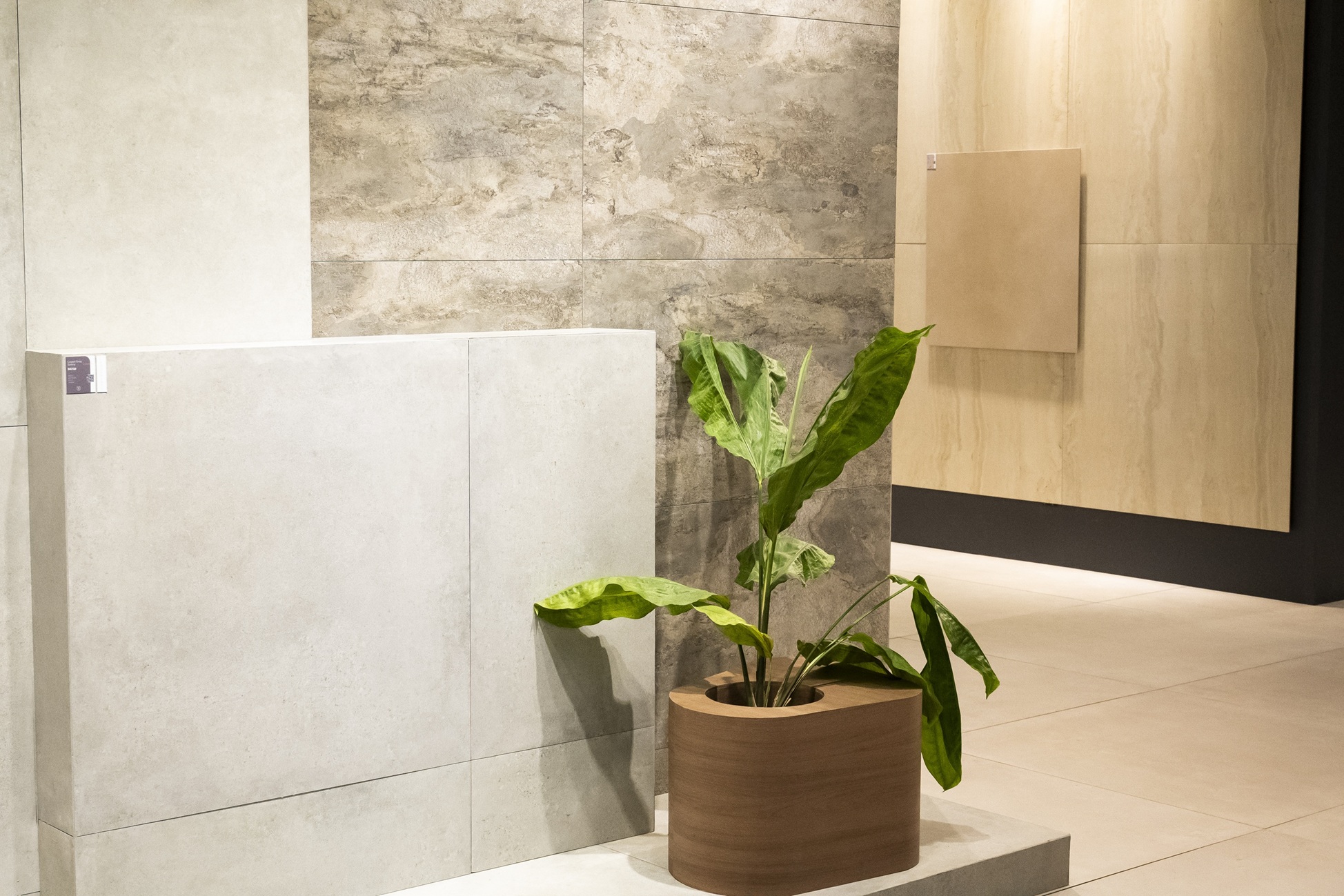Durability, sustainability and timeless beauty for all environments


Energy Efficiency
Ceramics have a natural thermal mass that helps balance the temperature in your home, reducing heat and cold peaks. This contributes to a more stable environment and saves energy.

Regional raw materials
Ceramic tiles are made from natural raw materials, such as clay and minerals, which in most cases are extracted close to the factories. This significantly reduces energy consumption and the emissions generated by long-distance transportation. In addition, ceramics are an abundant and sustainable material, guaranteeing a responsible choice for construction and renovation. For these reasons, ceramic tiles have one of the lowest carbon footprints among flooring options.

Sustainability
Ceramic tiles are a sustainable choice for those looking for materials with a low environmental impact. Its main raw material, clay, is extracted from the top layers of the earth, minimizing damage to natural deposits. In addition, ceramics are a versatile and durable alternative, and can replace materials such as stone, marble and wood with much less environmental impact.
Another great benefit is that ceramic tiles do not release volatile organic compounds (VOCs), ensuring a healthier environment. In addition, because they are inert materials, they do not pollute the environment when disposed of correctly.
Attributes

Modularity
The wide variety of geometric formats of ceramic tiles allows working with the appropriate modularity of the desired environment, reducing cuts, losses, and waste generation.

Applicability
Ceramics are used in a variety of applications: from wall tiles to accessories, for use in urban planning, inside or outside buildings. The variety of shapes, types, colors, and finishes allows for creative and personalized installations, resulting in projects that associate durability and beauty.
.svg)
Durability
Ceramic has a lifespan of over 50 years and is resistant to extreme weather conditions, impact, fire, water, humidity, temperature changes and UV rays.
.svg)
Cleaning
Maintenance and cleaning of ceramic tile is simple, and in most cases only water and neutral products are required. The easy maintenance contributes to the reduction of consumption costs throughout the product's useful life.
.svg)
Water consumption
The national industry's water consumption is one of the lowest compared to other producers worldwide. In use, the easy cleaning also promotes the reduction of water consumption in its life cycle.
.svg)
Contribution to Energy Efficiency
The ceramic slabs collaborate to the thermal comfort of a building, besides being suitable for ventilated façade systems, which generates energy consumption reductions of over 30% in buildings.
.svg)
Use of waste
The market offers ceramic tiles that use pre- and post-consumer recycled materials. This represents an environmental benefit due to the reduction in solid waste. The sector has cases of incorporating waste from other sectors such as crockery, glass and light bulbs, among others
.svg)
Energy Matrix
Brazilian industry has a modern, energy-efficient industrial park that uses natural gas. In the 1990s, the industry replaced oil and coal with natural gas. Now, in a new step towards decarbonization, it will introduce biomethane (gas from sugar cane) as a new energy source option.
.svg)
Responsibility
The national industry brings together companies committed to formality, respect for standards, laws, and regulations. The manufacturing units are directly involved in the creation of shared value in the regions where they operate.









